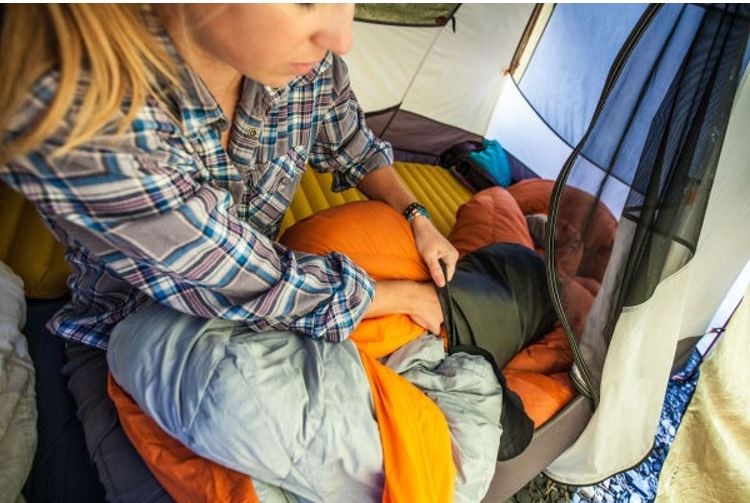HOW TO MASTER OUTDOOR LAYERS
/Overview
But as new technologies emerge and old items wear out, our packing lists are worth a review every now and then. Make sure you have these four basics before you head out next weekend, and you’ll be prepared for anything, rain or shine.
Base Layer
Insulating Vest and/or Insulating Jacket
If you’ve conquered spring and summer and are moving into the cooler seasons, you’ll need to add something a little more serious to the packing list. A vest is an often-overlooked tool that is not only inherently fun to wear, but also amazingly useful at retaining core heat while not cramping your style with bulky sleeves. Vests come in a variety of down or synthetic fills, low-bulk or puffy, and in other materials such as fleece. The best ones have inner pockets for small items and a pouch to stuff the entire vest into once you warm up. For the best insulation, wear your vest over your base layer and under your windbreaker to keep any chill at bay.
The magnum opus of the outdoor wardrobe, the puffy jacket is a staple you’ll often see while wandering the streets of places like Seattle and Denver. Its price is based on features such as the type of down (goose or duck), the down fill power, and whether the shell or down is water-resistant—all important to consider when it comes to technical ability in the backcountry. Equally warm and often able to insulate even if wet, synthetic-fill jackets are a great option for those who get outside no matter what the weather’s doing.
If, like me, you’re mainly concerned with staying cozy while sitting around a campfire, you’ll want to find a jacket puffy enough that it feels like a sleeping bag is giving you a big hug. Consider techy points, such as flexible underarm gussets, and decide whether or not you need a hood. Just watch out for those campfire embers—they’ll get you no matter what price jacket you choose.








